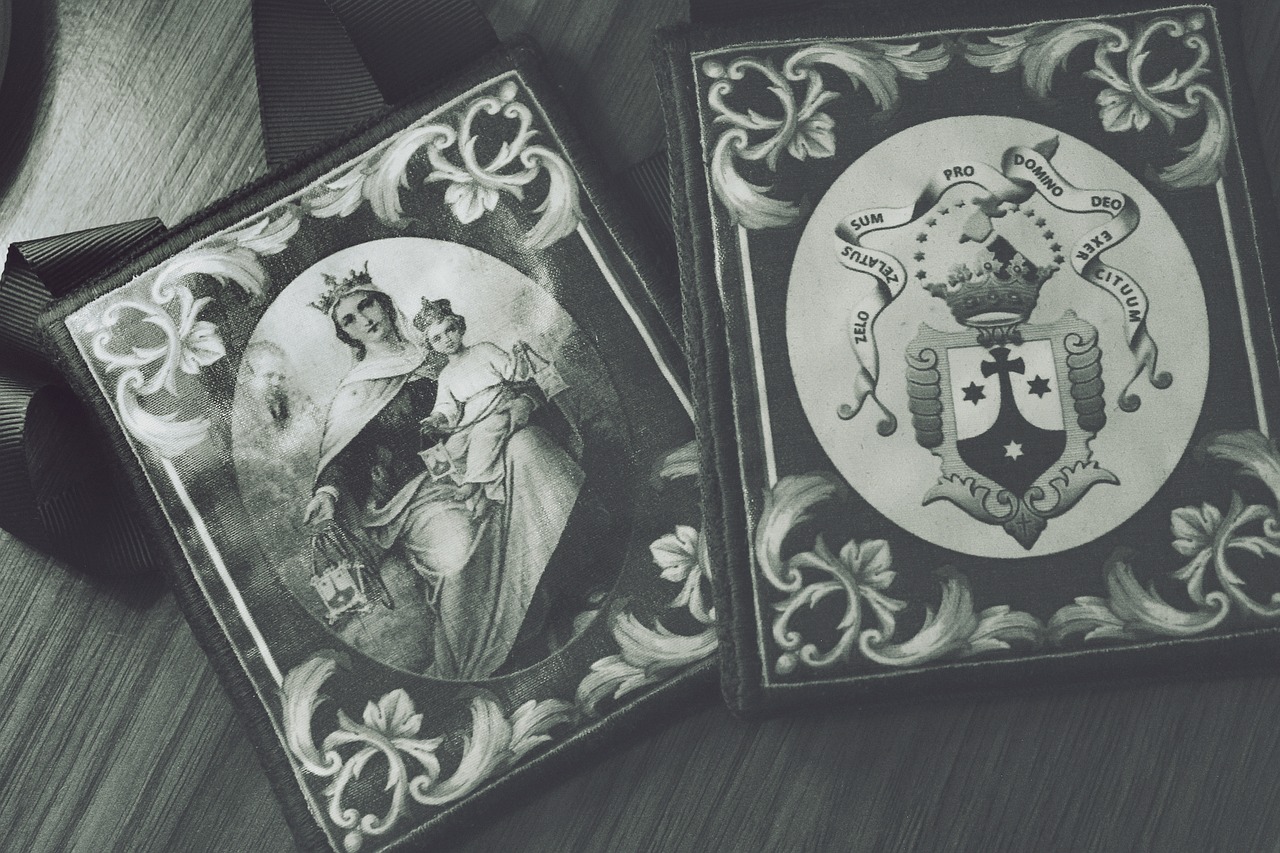Doctrine
Why Satan hates the Brown Scapular
The Brown Scapular, a humble piece of cloth, holds immense spiritual significance within the Catholic Church. A symbol of devotion and protection, it is more than just a piece of fabric; it represents a sacred bond between believers and the Blessed Virgin Mary. Interestingly, the Brown Scapular is also a subject of fascination and even fear for some, particularly within the realm of spiritual warfare. But why would the devil harbor such hatred for this unassuming garment? To unravel this enigma, we must delve into the history, symbolism, and spirituality surrounding the Brown Scapular.
A Brief History of the Brown Scapular
The Brown Scapular has its roots in the 13th century, specifically with the apparitions of the Virgin Mary to Saint Simon Stock, who was the leader of the Carmelite Order. In these apparitions, Mary presented the Brown Scapular as a symbol of her special protection and an avenue to draw closer to her Son, Jesus Christ. The promise associated with the Brown Scapular is known as the “Sabbatine Privilege,” which suggests that those who wear it faithfully and fulfill certain conditions will be delivered from eternal damnation and be brought into the heavenly kingdom shortly after death.
The Symbolism of the Brown Scapular
The Brown Scapular consists of two small pieces of brown cloth joined by strings. One piece rests on the chest, and the other on the back. While it may appear unassuming, its symbolism is profound:
- Garment of Humility: The Brown Scapular, worn underneath one’s clothing, serves as a symbol of humility and modesty. It is a visible reminder of the call to live a life of simplicity and devotion.
- Cloak of Protection: Mary, often referred to as the “Mother of Mercy,” extends her maternal protection to those who wear the Brown Scapular. It becomes a spiritual shield against the snares of the devil and a source of comfort in times of spiritual turmoil.
- Yoke of Obedience: Wearing the Brown Scapular implies a willingness to take on the yoke of Christ’s teachings. It signifies obedience to God’s commandments and living in accordance with His will.
Why the Devil Hates the Brown Scapular
Understanding the devil’s aversion to the Brown Scapular requires an exploration of his tactics and the spiritual significance of this garment:
- Protection from Spiritual Attacks: The Brown Scapular is believed to be a powerful tool against spiritual attacks. Those who wear it are seen as individuals who actively resist the devil’s influence and seek Mary’s intercession. The devil, being the tempter and deceiver, is naturally thwarted by such devotion.
- A Reminder of God’s Love: The Brown Scapular serves as a constant reminder of God’s love and Mary’s role in salvation. It encourages wearers to stay close to the Virgin Mary and seek her guidance. The devil, who thrives on sowing doubt and leading people away from God, despises any reminder of divine love.
- Devotion to the Immaculate Heart: The Brown Scapular fosters a deep devotion to the Immaculate Heart of Mary, who is a symbol of purity and unwavering faith. This stands in stark contrast to the devil’s fallen nature and his rebellion against God.
- A Lifeline to Heaven: The promises associated with the Brown Scapular suggest a quicker passage to heaven. The devil, whose aim is to claim souls for eternal damnation, detests the idea that people are being offered a means to escape his clutches and secure their place in heaven.
Conclusion
The devil’s hatred for the Brown Scapular can be attributed to its potent symbolism, its connection to Mary’s protection, and its role in fostering devotion to God. As a humble piece of cloth, it represents a profound spiritual connection and a shield against the devil’s machinations. In this devotion, believers find a source of solace, strength, and the promise of salvation, much to the chagrin of the adversary. The Brown Scapular remains a symbol of faith, hope, and resistance against the forces of darkness, a testament to the enduring power of faith and devotion in the face of spiritual warfare.
About Author


























